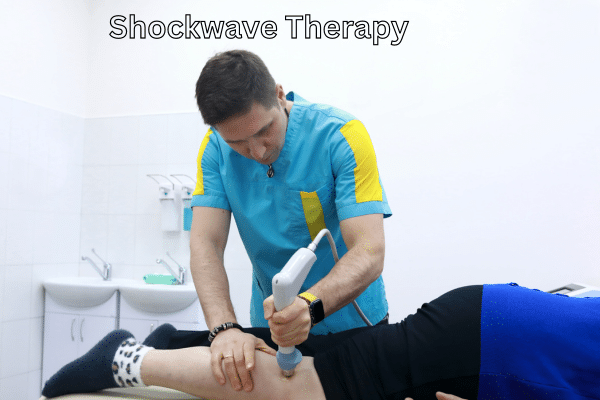Blood Flow Restriction Training
In the dynamic field of physiotherapy, where innovation meets rehabilitation, Blood Flow Restriction (BFR) therapy emerges as a revolutionary technique. This cutting-edge approach, offered at Physio Pros Oakville & Bolton, has garnered attention for its ability to optimize outcomes in strength training, injury recovery, and performance enhancement. As we delve deeper into the realm of BFR therapy, we uncover its mechanisms, applications, and potential benefits, alongside the considerations that practitioners and clients should bear in mind.


What is Blood Flow Restriction Therapy?
Blood Flow Restriction therapy, also known as occlusion training, involves the strategic application of specialized cuffs or bands to partially restrict venous blood flow while allowing arterial inflow during exercise.
This controlled restriction creates a unique physiological response within the muscle, leading to amplified muscle activation, metabolic stress, and hypertrophic adaptation, all achieved with lighter loads than conventional training methods.
How is Blood Flow Restriction Therapy Performed?
During a BFR session, cuffs are typically placed proximally on the limb, such as the upper arm or thigh, and inflated to a pressure sufficient to occlude venous return but not arterial flow. This restriction is maintained throughout the exercise regimen, which typically consists of low-load resistance exercises or aerobic activities. The combination of restricted blood flow and exercise induces a potent stimulus for muscle growth and strength gains.
Who Can Benefit from Blood Flow Restriction Therapy?
BFR therapy presents a versatile tool applicable to a wide range of individuals, from athletes seeking performance enhancement to patients undergoing rehabilitation. It is particularly beneficial for those with injuries or conditions that limit traditional high-load training, such as post-surgical patients, older adults, or individuals with joint pain. Additionally, BFR therapy can expedite recovery, improve muscle function, and enhance cardiovascular fitness.
Potential Risks Associated with Blood Flow Restriction Therapy
While BFR therapy offers promising benefits, it is not without risks. Improper application of pressure or prolonged restriction may lead to adverse effects such as nerve damage, skin irritation, or blood clot formation. Therefore, it is imperative that BFR sessions are conducted under the supervision of trained professionals who can ensure safety and efficacy.
The Conclusion
Blood Flow Restriction therapy stands at the forefront of innovation in physiotherapy, offering a potent avenue for optimizing rehabilitation, performance, and overall well-being. As with any therapeutic modality, informed decision-making and proper implementation are key to unlocking the full potential of BFR therapy while minimizing risks. With the guidance of skilled practitioners at Physio Pros Oakville, individuals can harness the power of BFR to achieve their goals and transcend limitations, paving the way for a healthier, stronger future.













